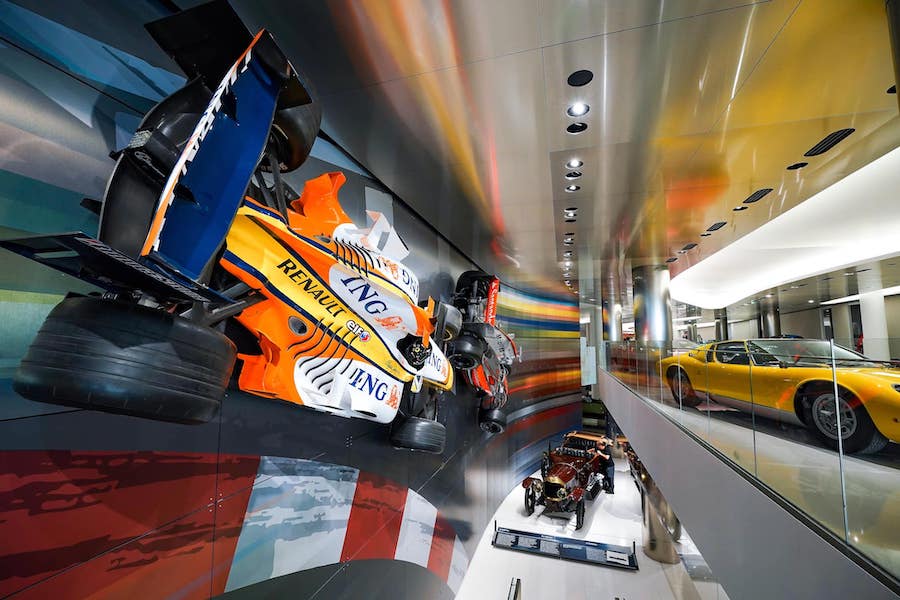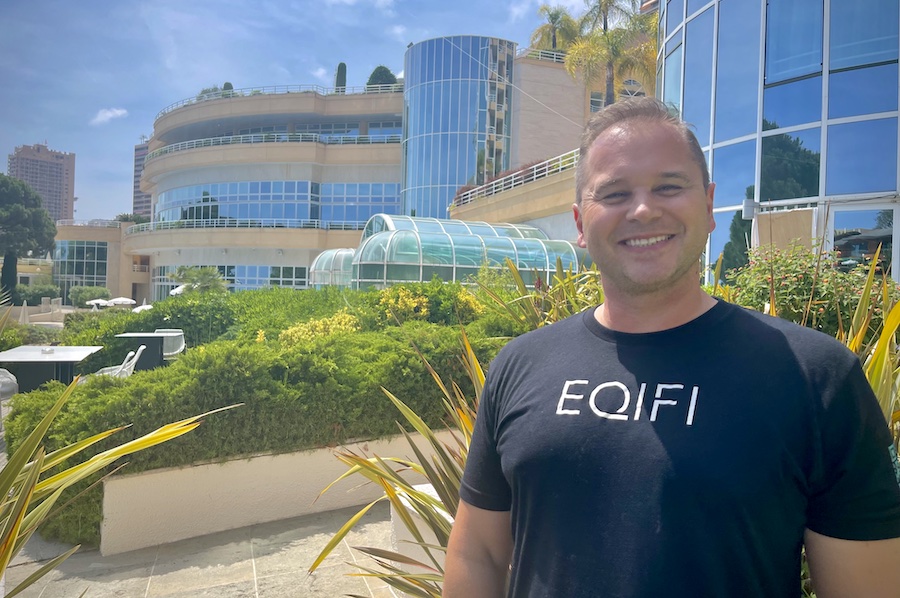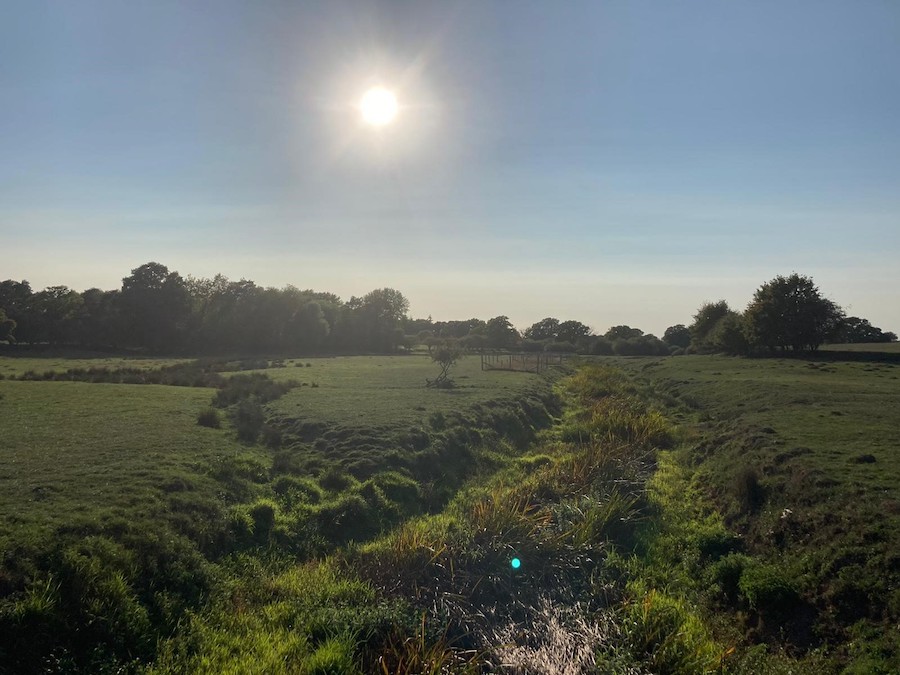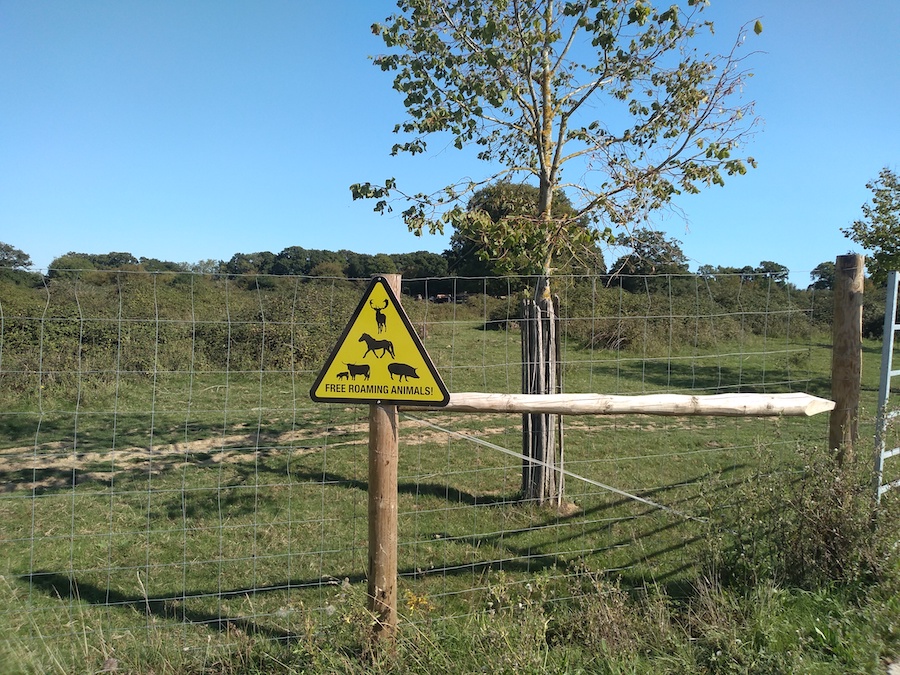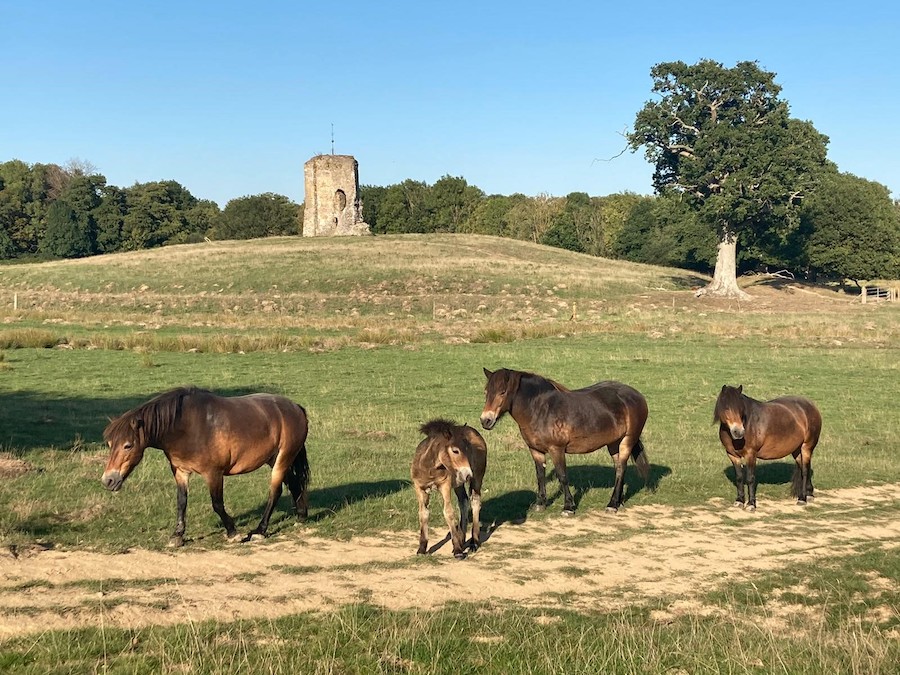Brad Yasar is the CEO of EQIFi, the only decentralised finance platform backed by a leading digital bank.
We caught up with Brad Yasar at the recent CoinAgenda forum at Le Meridien, where he was presenting his company EQIFi, a platform designed to bring the familiarity and reliability of traditional banking to the world of DeFi. This is how it works.
Monaco Life: What was the motivation behind creating EQIFi?
Brad Yasar: My partner, Jason Blick, and I identified a disconnect between traditional banking and decentralised finance (DeFi) and decided we wanted to try to bridge that gap.
We’re looking to address one major problem – negative interest rates. People put their money in banks and watch it diminish every year. The truth is, it doesn’t have to be this way. DeFi provides a solution to that problem.
Many people are curious about these potential DeFi returns and how it’s even possible, but they don’t understand the technology behind it. This is something we wanted to solve. We wanted my grandma, for example, to be able to use an EQIFi DeFi product and see positive results.
We can’t change banking overnight, but we wanted to demonstrate that you can be licensed and regulated and still offer the benefits of DeFi and crypto.
This was the genesis of EQIFi. We have the banking component in EQIBank, but coupled with DeFi returns and potential positive interest rate returns on our products and services, we can offer a really attractive proposition. And we will make it so simple that even those unfamiliar with crypto can use it and feel comfortable when doing so.
What percentage are you providing in terms of interest rates?
It differs depending on the product. We have market-rate products that were returning up to 70% APY. Interest rate products are different. It’s a matter of risk. Market-rate products correct with the market fluctuations.
In total, we have four products at the moment. The product on stable points, the crypto version of dollars and euros, is pegged one-to-one. Those return single-digit returns, 7 to 8%. Then we have a bitcoin product that returns at 4 to 5%. That’s for people who want to hold onto their bitcoin, hoping it’ll skyrocket.
We also have two market-rate products that have provided 40% and 70% returns this year.
With markets crashing, we are correcting too, but we are still beating the market, so our returns are as good as, if not better, anything else out there.
We try to be conservative. We don’t promise anything we can’t deliver on, and if we can better our expectations, it’s a great position to be in.
It’s a high-risk investment, then?
The risks are commensurate with expected returns. If you expect to double your money every year and earn 50, 60, or 70%, there is obviously risk attached. When people say they want these returns without risk, we do our best to let them know it doesn’t work that way. There are plenty of companies collapsing – just recently USDT and Terra Luna – that should teach us all that you can’t guarantee 20% returns to everyone who holds an asset without questioning where its value comes from.
The United States is in the process of negotiating regulations for the DeFi market. Are you waiting on any word from them?
US regulation impacts everyone globally because the US has been an economic leader for centuries and also because they take an enforcement position globally in these matters. We are licenced and regulated out of the Caribbean, Dominica, and BVI, so our regulators are more nimble. We are regulated, but we aren’t affected by other jurisdictions.
What we’re looking for is regulation that allows for a framework. It helps platforms like EQIFi who are trying to improve constantly but know the limitations on what should or should not be attempted. I want to see regulation that supports innovation. Those places that impose roadblocks get left behind.
The US has become too strict, and other jurisdictions are more welcoming and enabling. So, we’re looking for clear guidance, not punishment, on how to build a future that makes people comfortable.
There should be a code of conduct that serves a purpose.
Mainstream banks are now starting to offer crypto options. What does this mean for smaller companies like yours?
It means validation. We believe we are several years ahead of any potential competitor with a full banking license like us. Traditional banks are taking crypto seriously now, which is great. The clients are driving this force, though, not the banks themselves, but still, the change is good. It’s gratifying when the big institutions recognise bitcoin as an asset and allow people to borrow and lend against it. It shows a shift in mindset.
We want to lead the way and set exemplary standards in this field.
How do you get clients to trust you?
How does any bank do it?
Once you’re licensed and regulated, all background checks are done, and a third party is watching over what you’re doing. That was a hard step to take, but now that we’re there, people are confident. We are also transparent; we don’t hide behind an alias or our location online. We don’t think being anonymous means being free like some others do. We also create an insurance framework by being good custodians, but there are mechanisms outside of us to protect clients.
What is your balance sheet?
We started in August 2021, we have over 30,000 users, over $30 million locked on the platform at the end of 2021, and we’ve grown very nicely. We haven’t done audits this year, we do them annually, but we are on track to show similar growth to last year. We plan to grow and reach targets for the year, meaning 100,000 users by the end of 2022. And we’re looking at a total value of $250 million locked. Let’s see if we can still reach those targets.
Do you believe we are in a bear market? Do you have any advice?
I think we have been in a bear market since last October. People are expecting a huge bubble, like the .com bubble. The reason that burst was for five years, investors had no visibility into the liquidity of their investments. It may have grown, but all you got was a yearly update saying they were “building” something, until one day they came back and said they were broke. Investors didn’t have the opportunity to make adjustments.
Crypto is so liquid that it’s burst several times, more significant than the crash of 2018, but it continues to grow. I think crypto is here to stay. If there is an uptick in the summer, that will carry through, just as a downturn will carry through the summer similarly.
I tell people that if you’re already in the market and have losses, unless there’s a reason to realise them, don’t take the loss. Stay in.
This needs to be a four-year cycle. Be patient, don’t pull out in months. Let it play out. Bear markets are good times to invest. Now is the time to get in, not get out.
Photo by Monaco Life
